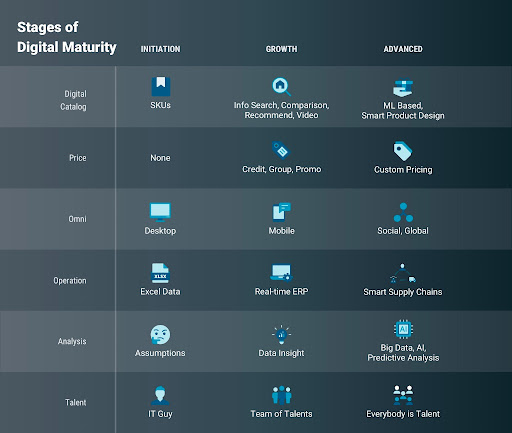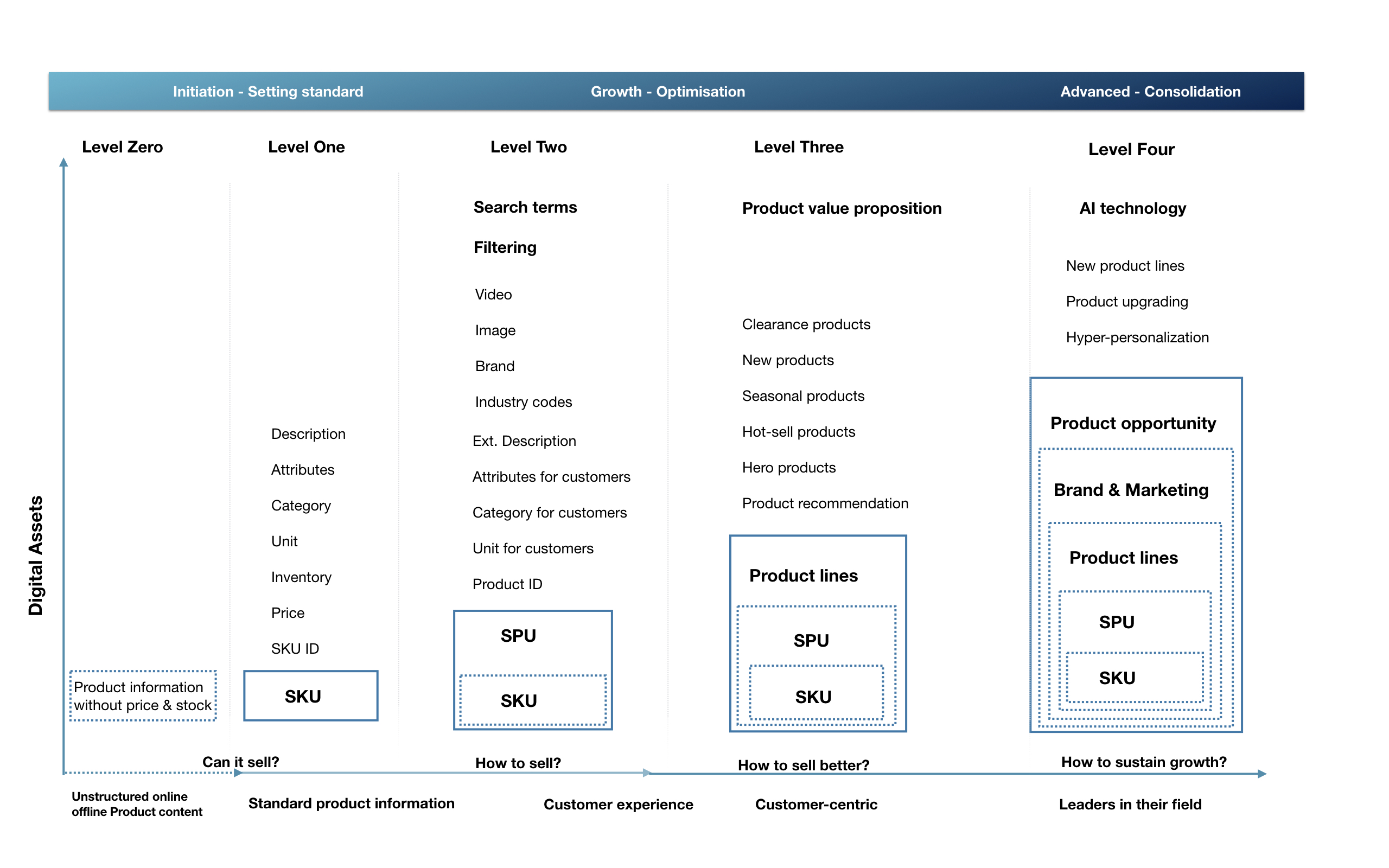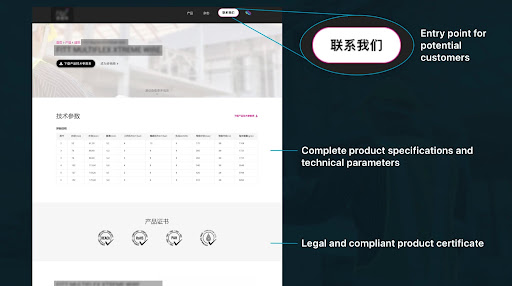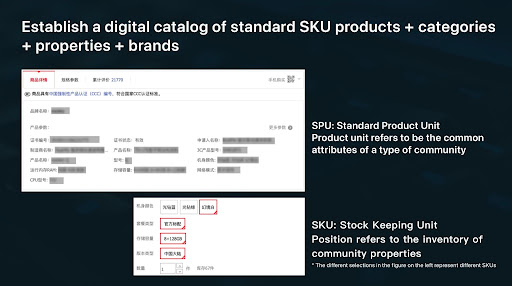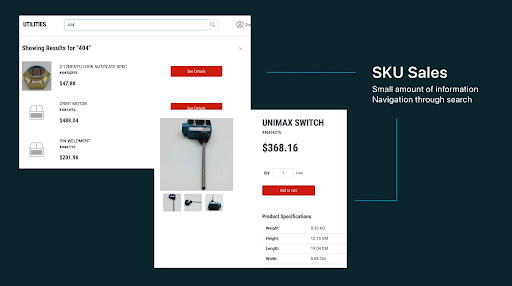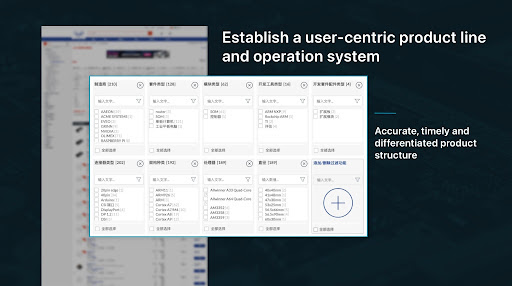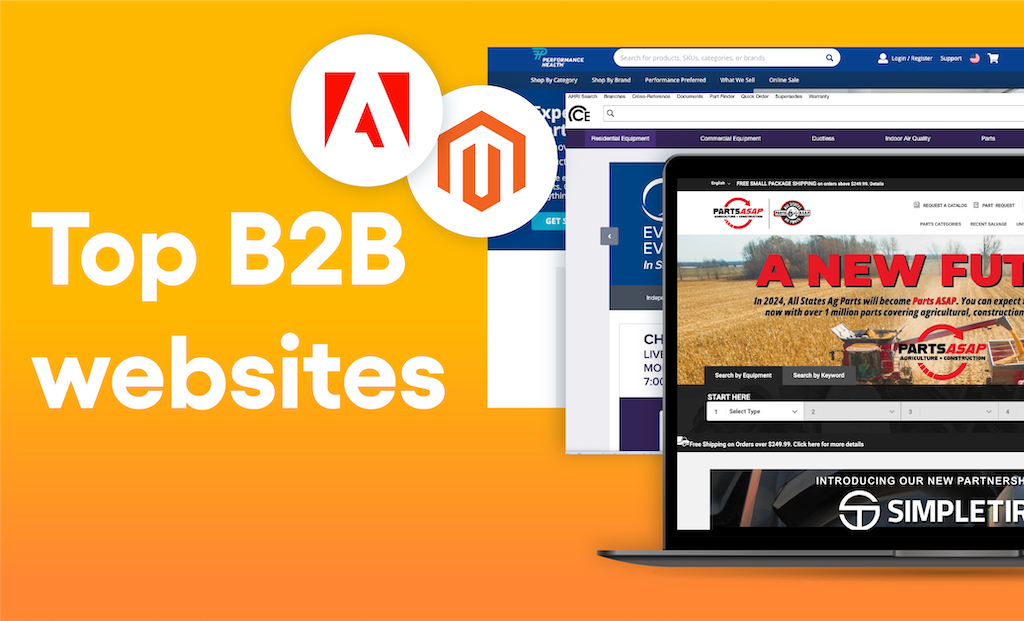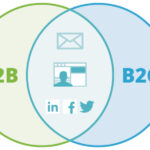In B2B eCommerce Series Part 2: Assessing Digital Maturity for B2B eCommerceWant to assess where your company's digital maturity is right now? Look no further than part 2 of TMO Group's 6 part series on B2B eCommerce.part two of our eight part series of digital transformation in B2B eCommerce in China, we discussed how companies in the field can assess their level of digital maturity, and how COVID-19 has rendered it necessary, (if it wasn’t already before the pandemic), for companies to ramp up their digitalization efforts in order to survive. Let’s quickly recap what these digital maturity stages are, and what should be achieved by each stage in different areas, by looking at this model below.
So, as we can see, as companies move through the stages of digital maturity, they need to be more digitalized in their approach. This is true for all aspects of their operation. It has therefore become more important than ever for B2B eCommerce companies to transform their offline business models to online.
In this article, we’ll discuss how B2B eCommerce companies should leverage their digital assets - as they move from the initiation stage to growth, and eventually the advanced stage of digital maturity.
Let’s first look at digital assets themselves.
What is a Digital Asset?
So when it comes to your B2B eCommerce company, which are the key digital assets you will need to focus on?
Product assets
- Product catalogs
- Multimedia (for example product pictures)
Brand assets
- Brochures
- Case studies
- Testimonials
Leveraging Your Company’s Digital Assets
The ultimate goal of every company in the B2B eCommerce field is to acquire new customers, and retain them by providing value-added digital services, whilst reducing operating costs, and expanding sales channels.
But in this digitalized age, this can only be achieved by becoming digitally mature as a company. To do so requires a company to know how to leverage its digital assets effectively.
It is a dynamic process of continuous improvement in practice, from how to display and manage products and communicate with users to analyze different user needs, conduct competitive product analysis and summarize the characteristics of similar products, to thinking about business process optimization, from products to product lines.
The following figure shows the buildup of digital assets through the different stages of digital maturity.
Let’s now go through this process in more detail.
Initiation Stage
B2B eCommerce companies in the initiation stage of digital maturity are limited in their digital approach and will have traditional methods of utilizing their product and brand assets. They will also be more traditional in the way they market their product line and are still likely pondering the question ‘can it sell?’ about their products. With little or nothing in the way of customer insight data, companies will still be deciding what products to actually sell, and are not yet set on their product lines.
Level Zero
The initiation stage can be split into two segments. At ‘level zero’, companies at the very beginning of their digital transformation journey will likely have just basic product information on the website, with no listing of a product’s price or stock levels. Some may not sell their products online or even have a website yet. They may be limited to offline brochures. Product information has little or no coherent structure.
Below is an example of a company’s website in ‘level zero’ - only basic product information is shown, with no online purchase options available.
Companies at this stage will likely also have little in the way of a customer base, or at least loyal customers. A new customer is likely to be the most curious, wanting to know the most information about a product, but it’s quite possible that with the limited infrastructure, a company may not be able to provide them with the answers they’re looking for. It leaves companies in a potential ‘catch 22’ situation, of which the only way out is to expand their digitization efforts.
Therefore, for companies, looking to scale up their business in the initiation stage, it will be wise to set up an SKU system, and a website to sell their stock, as soon as possible.
What is an SKU?
SKU stands for Stock Keeping Unit. It is a unique code of numbers and letters that enables the digital identification of a product by the seller.
So what are SKUs used for, and why are they important for B2B eCommerce businesses to use?
Why Use SKUs?
- To track inventory
Because every SKU consists of a unique code, products can be identified individually. They can help to accurately track products from dispatch in the warehouse to delivery, and inform you when stocks need to be replenished. Keeping track of inventory flows can also give companies a picture of the sales performance of products, giving useful insights to the sales and marketing departments on which products they can push in their promotions.
- Improve the customer experience
In B2B, product specifications can be very specific and be hard to distinguish from others. But having an SKU takes this potential issue away. Merchants can also quickly offer alternatives to customers if the product they have requested is out of stock.
Above: SPUs and SKUs.
So, to summarize a company by this stage (level zero):
Level One
In terms of digital assets at ‘level one’, they are likely to be limited to online product catalogs, where the customer can browse the products but will likely still need to go offline to make purchases. However, SKU data can be consolidated by integrating your company’s Enterprise Resource Planning (ERP) program with eCommerce software such as Adobe Commerce.
On the software, inventory information and real-time data of the product can be maintained, and various back-end business processes integrated, thus facilitating the process of product delivery from warehouses.
SKUs as visualized on a product website
So, to summarize where a company is at in level one (initiation stage):
Growth Stage
By the growth stage of digital maturity, companies began to expand their channels to include mobile, and implement an expansion in the product searching functions for the customer. Just like the initiation stage, we can split the growth stage into two segments.
Level Two
Initially, as a company moves into the first segment of the growth stage - ‘level two’, they are pondering ‘how to sell’ their products. Companies are now thinking more about the customer experience. Also, there is a scaling of their digital efforts. Naturally, as a consequence, the number of digital assets that a company possesses and they have at their disposal increase significantly in this stage.
In this stage, product information begins to be expanded beyond simply SKUs. The Standard Product Unit (SPU) is also introduced. Unique to the China market, SPUs are used in the same way as SKUs - for product identification. So how are they different from SKUs?
What is a SPU?
The SPU is similar to the SKU in that it is essentially the product ID, but it is used for the purposes of the customer, not the seller. As well as identifying the product itself, the SPU gives specifics about the size, type, and color of the product. With the SKU, customers are able to find the exact product they want quickly and easily. For the B2B eCommerce customer, this is a very important factor - because they are often very specific in what they are looking to purchase.
From this stage, the product brochure is expanded into a product database, and at the same time, the eCommerce process where each product can be added to the shopping cart is started. Industry standards should be the basis of the database, with products being described with professional industry terms and structured fields to form a unified standard.
The digitalization of B2B product information is difficult, mainly due to the large number of SKUs, complex parameters, and high upload and maintenance costs. It may be wise therefore to implement digitization processes in the company in phases, so as not to overwhelm company resources.
Additionally, by this stage, there should be more search options for customers, including a filtering function. Categories should be expanded, as well as descriptions and images of the product. The brand information and videos of the product may also be included, and industry terms specific to the product used as part of the description.
Also, there should be a wider range of product details, including pictures, manual downloads, and the use of industry-standard codes for product authentication, such as CAS codes for chemicals products.
Also, at this stage, customers will start to leave their digital footprint, by way of things like pages they have browsed, and items they have purchased. This information will be able to be picked up by data analytics tools. Although the company will lack the technical capabilities to act upon this data yet, this data will prove to be very useful for helping to steer the direction of elements of the company’s brand strategy going forward.
To summarize where a company is at by level two (growth stage):
Level Three
Moving into the next segment of the growth stage - ‘level three’, companies will start to implement a customer-centric approach, with the goal of cultivating long-term customer relationships and loyalty, and customers making repurchases on a consistent basis. The company by this stage will have figured out how to sell, but should now be thinking about ‘how to sell better?’ How can they market their products?
By this stage, companies will likely have begun to have forged long-term relationships with customers - something very important in B2B. But how can these relationships be consolidated? How can brand loyalty be built up?
It can be done by building up the value of the brand, and through product value proposition. Customers need to be persuaded why to buy a product, and what value they will get by doing so. It is here where companies should ramp up the leveraging of their digital assets to do this.
As we discussed in part 2 of the series, tiered pricing can now be set in their digital product catalogs, based on the analysis of customer purchasing and behavior patterns. Doing this can also determine what clearance products, new products, seasonal products, ‘hot-sell’ products, ‘hero’ products, should be heavily promoted, as well as what products should be recommended on site.
For example, creating "explosive products" actively guides customer needs: sorting out high-liquidity products through some top customers, creating popular products through category analysis and SKU demand analysis, and then recommending "explosive products" to drive customer choices.
Companies may also want to consider what products could be offered as ‘sweeteners’, even at a loss, to cultivate relationships with customers. What ‘sweetener’ products are offered to customers may be based on a number of factors, such as economies of scale (what products can be made in bulk at a low cost).
By this stage, companies should be looking to build up an emotional connection between the customer and the product. This should be a fundamental goal of any product marketing strategy, but it will differ in its approach from B2C.
Through the analysis of customers’ consumption behavior, personalization can match customers with products that will fit their preferences. But B2B customers will be more swayed by the technical specifications of the product more than anything else. They want (and need) products they can rely on over a long period of time, not something they may enjoy on impulse.
By this stage, optimization should be at the core of operations, so an emphasis should be placed on improving product data, continuously improving search functionalities, screening and other results, sorting out product marketing characteristics (with the integration of offline sales), and building data standards for each product line. Attributes should now come with a considerable amount of detail, as shown in the example below:
Product line by level three
To summarize where a company is at in level three (growth stage):
Advanced Stage
Level Four
When companies eventually reach the advanced stage of digital maturity (‘level four’), they are thinking about how to sustain growth. Realistically, not many companies are in this stage yet - only long-established companies, leaders in their field, who possess the digital infrastructure capabilities that are currently beyond most companies who are still yet in the stages of growth when it comes to digital maturity. But in the coming years, as more and more companies expand their digital operations, this bracket will inevitably grow in size.
The brand strategy by this stage should be a consolidation of the foundations of growth that have already been laid and incorporate artificial intelligence (AI) technology and big data analysis to shape the customer experience. The increasingly sophisticated algorithm software can be used by this stage to step up predictions of market trends, identify the core competition pattern of categories, and gain insight into new potential categories and products, and upgrading of products.
Additionally, by this stage, hyper-personalization is used commonly by companies. AI can track past customer behavior data to present product feeds specifically tailored to the customer.
Also, analysis of big data and industry trends can now be used to determine what new categories can be created, and what strategies can be devised to ‘wake up’ dormant customers. Brand and marketing teams should by this stage be extensive, so a full range of digital assets are used in their campaigns, with video being used as a big part of their marketing.
To summarize where a company is at in level four (advanced stage):
If you have any questions about the series or would like a consultation, our team of experts are on hand to help you with your business needs.


